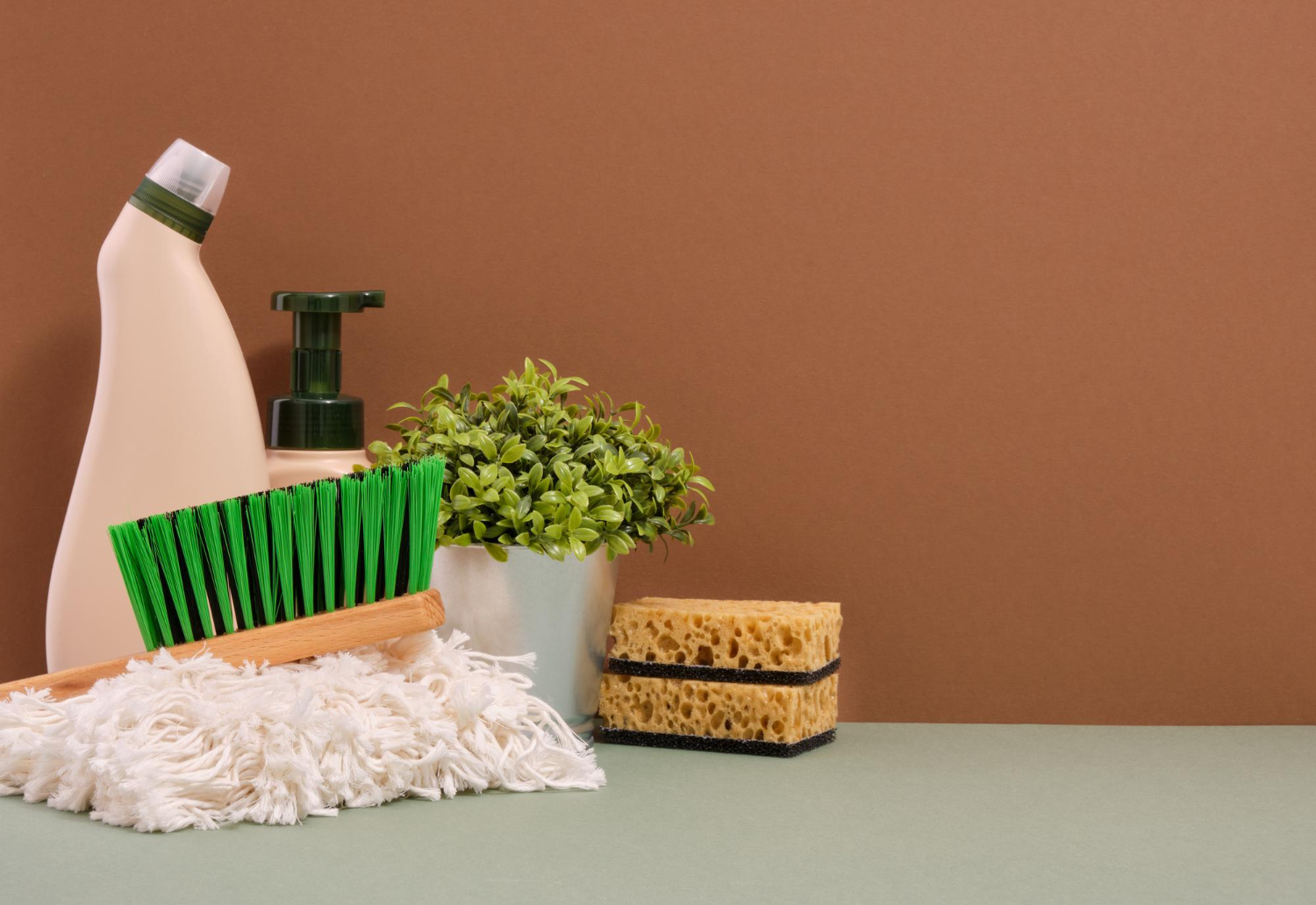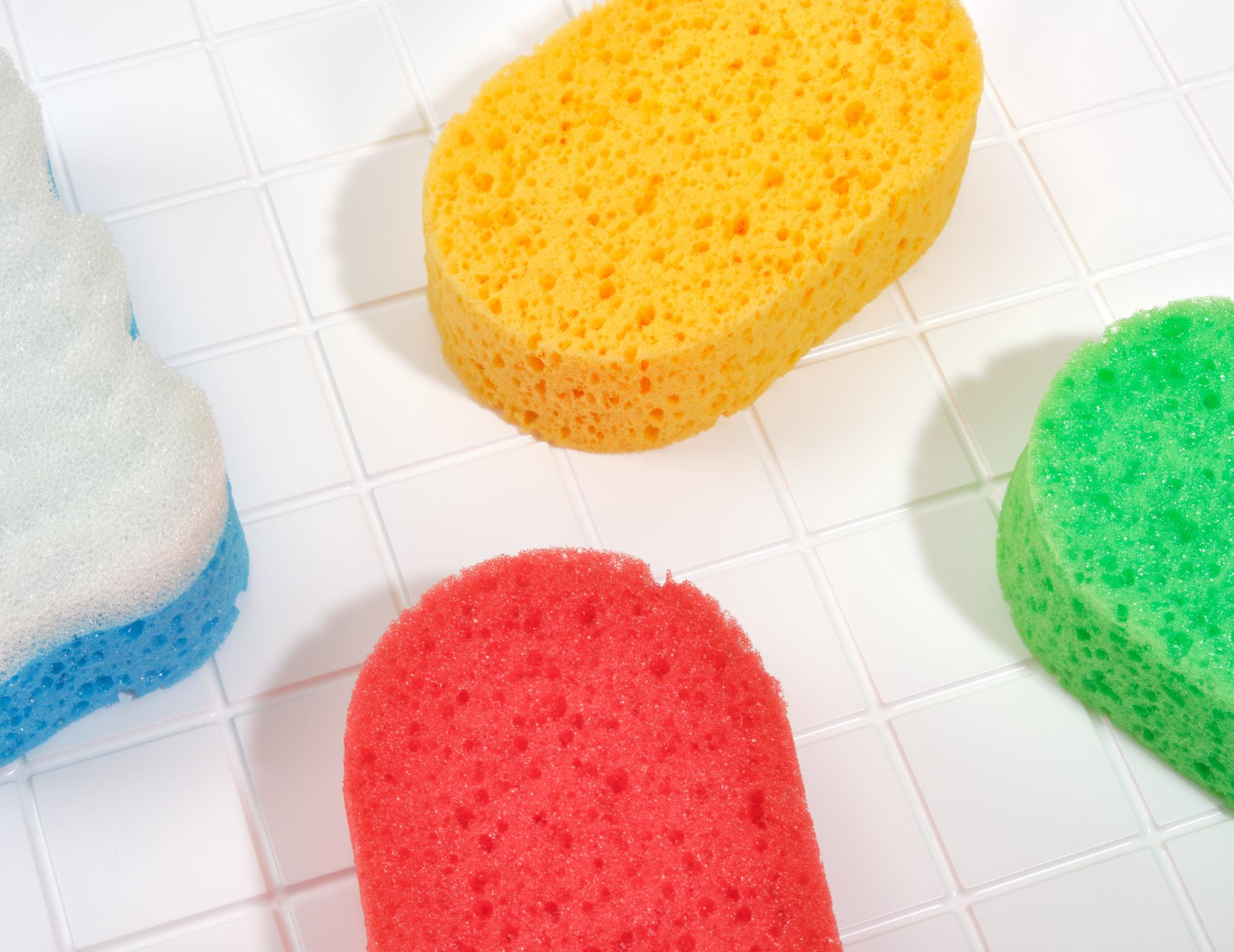Today, more and more people are turning to ecological alternatives to take care of their homes. One of the most popular practices in this approach is to use washable sponges, which offer many advantages over traditional disposable sponges.
1. Opt for sustainable materials
When choosing a washable sponge, it is important to look for durable materials. Choose sponges made from natural fibers, such as organic cotton or linen. These materials are not only more environmentally friendly, but they are also gentle on your skin and the surfaces in your home.
2. Look for certified washable sponges
To ensure the quality and eco-responsibility of your washable sponge, look for certified products. Certifications, such as the GOTS (Global Organic Textile Standard) label or the Oeko-Tex Standard 100 label, guarantee that the sponge has been manufactured in compliance with strict standards of sustainability and respect for the environment.
3. Check the absorption capacity
When choosing a washable sponge, one of the most important criteria to consider is its absorbency. A sponge with good absorption capacity will allow you to effectively clean the surfaces of your home, while reducing the quantity of water and cleaning products used. Opt for a sponge with a porous structure, which retains water and dirt well.
4. Consider the durability of the sponge
Another important feature to consider is the durability of the washable sponge. You want to invest in a product that will last a long time, rather than having to replace it frequently. Make sure the sponge is well sewn and will hold up to daily wear and tear. You can also look for washable sponges that can be machine washed, making them easier to care for and extending their lifespan.
5. Prefer sponges without microplastics
Many disposable sponges these days contain microplastics, which are extremely harmful to the environment. When choosing a washable sponge, make sure it does not contain microplastics. Opt for sponges made from natural materials, which will break down easily when thrown away.
6. Consider your specific needs
Finally, think about your specific needs when choosing your washable sponge. For example, if you have delicate surfaces in your home, like wooden furniture, opt for a soft sponge that won’t scratch them. Likewise, if you need a sponge to clean stubborn stains, look for a sponge with an abrasive side. Choose a sponge that meets your cleaning needs while being environmentally friendly.

The added value of washable sponges for a healthy home
With the rise of ecological awareness, it is not surprising to see households adopting washable sponges for the maintenance of their homes. Beyond the ecological benefits, these sponges also offer health and well-being benefits at home.
The preventive role of washable sponges against allergens Traditional sponges, when used for a long time, can become a breeding ground for bacteria and mold. These microorganisms can cause allergies and irritation, especially in sensitive people. Washable sponges, when regularly cleaned and dried, reduce the risk of these allergens accumulating, ensuring a healthier home environment.
Long-term economy and profitability Even though the initial investment for a washable sponge may seem higher than that of a disposable sponge, the long-term savings are considerable. In fact, a washable sponge can last several months, even years, with proper care. In the long term, this represents a significant saving, reducing the need for frequent purchases.
The positive impact on indoor air quality Washable sponges, primarily those made from natural materials, do not release volatile organic compounds (VOCs) into the air. VOCs can affect indoor air quality and cause health problems. By choosing an ecological sponge, you reduce exposure to these potentially harmful chemicals.
Adopt an eco-responsible approach By integrating washable sponges into the cleaning routine, each household is doing its part for a greener future. This conscious approach not only has beneficial effects for the planet, but it also creates awareness and ecological education within the home, especially for the youngest.
The importance of drying and maintenance to extend the life of washable sponges
As efficient and ecological as they are, washable sponges require special maintenance to maximize their lifespan and maintain their effectiveness. Paying specific attention to how you dry and clean them can make a huge difference, both to your wallet and the environment.
Why drying is crucial
A humid environment is the ideal playground for bacteria to proliferate. After use, a sponge that remains damp can quickly become a breeding ground for germs, making its use counterproductive or even harmful to your health. This is why it is imperative to dry it well after each use.
Additionally, a properly dried sponge is also less likely to develop bad odors, common with traditional sponges. Proper drying thus extends the life of your sponge and ensures hygienic use every time.
Tips for optimal maintenance
- Immediate rinsing : After each use, rinse your sponge with clean water to remove all dirt or detergent residue. This simple action prevents the buildup of residue that could encourage bacterial growth.
- Drying in the open air : Avoid leaving your sponge in a container of water or in a confined space. Instead, hang or hang it in a well-ventilated area to air dry.
- Regular washing : Even with rinsing after each use, it is recommended to wash your machine or hand washable sponge at least once a week, using a mild detergent. This routine guarantees a sponge that is always clean and ready for use.
- Sponge rotation : If you have several sponges, alternate their use. This allows each sponge to have sufficient time to dry between uses and ensures balanced use, extending the life of each sponge.












